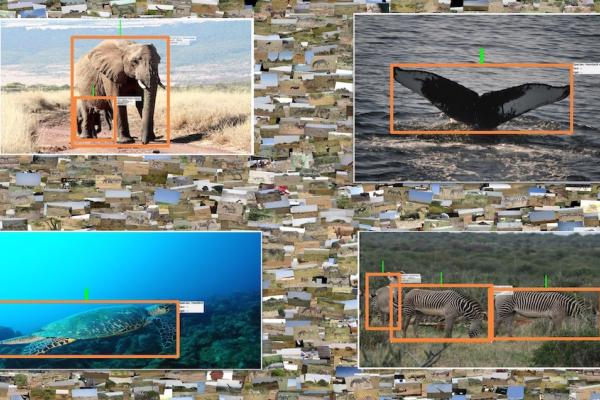
Hilmar Lapp is part of an interdisciplinary, multi-institutional collaboration led by Ohio State that will establish a new field of study called “imageomics” that has the potential to transform biomedical, agriculture and basic biological science.
The new entity, which will be called the Imageomics Institute is one of the first institutes for data-intensive discovery in science and engineering. It will be funded through the National Science Foundation as part of its Harnessing the Data Revolution Initiative.
The Imageomics Institute will create a new field of study in which scientists use images of living organisms as the basis for understanding biological processes of life on Earth and how they adapt and evolve. “Images and digital media could be an enormous source of data for biology,” Lapp said, “but they have remained vastly underutilized, largely due to limitations in the ability to algorithmically extract data from images.
Imageomics will utilize machine learning methodologies to extract from images traits such as behavior or physical appearance of an individual. It will leverage and extend the paradigm of knowledge-guided machine learning by structuring the algorithmic underpinnings around biological knowledge and continually guiding and refining them using new biological knowledge as it is generated.
“In recent years, machine learning, computer vision, and related fields of computer science have made enormous breakthroughs that stand to revolutionize our ability to extract information and generate hypotheses from images,” Lapp said. “This is similar to how breakthroughs in computational capabilities heralded the field of genomics.”
Of the $15 million awarded from NSF, Duke will receive $800,000.